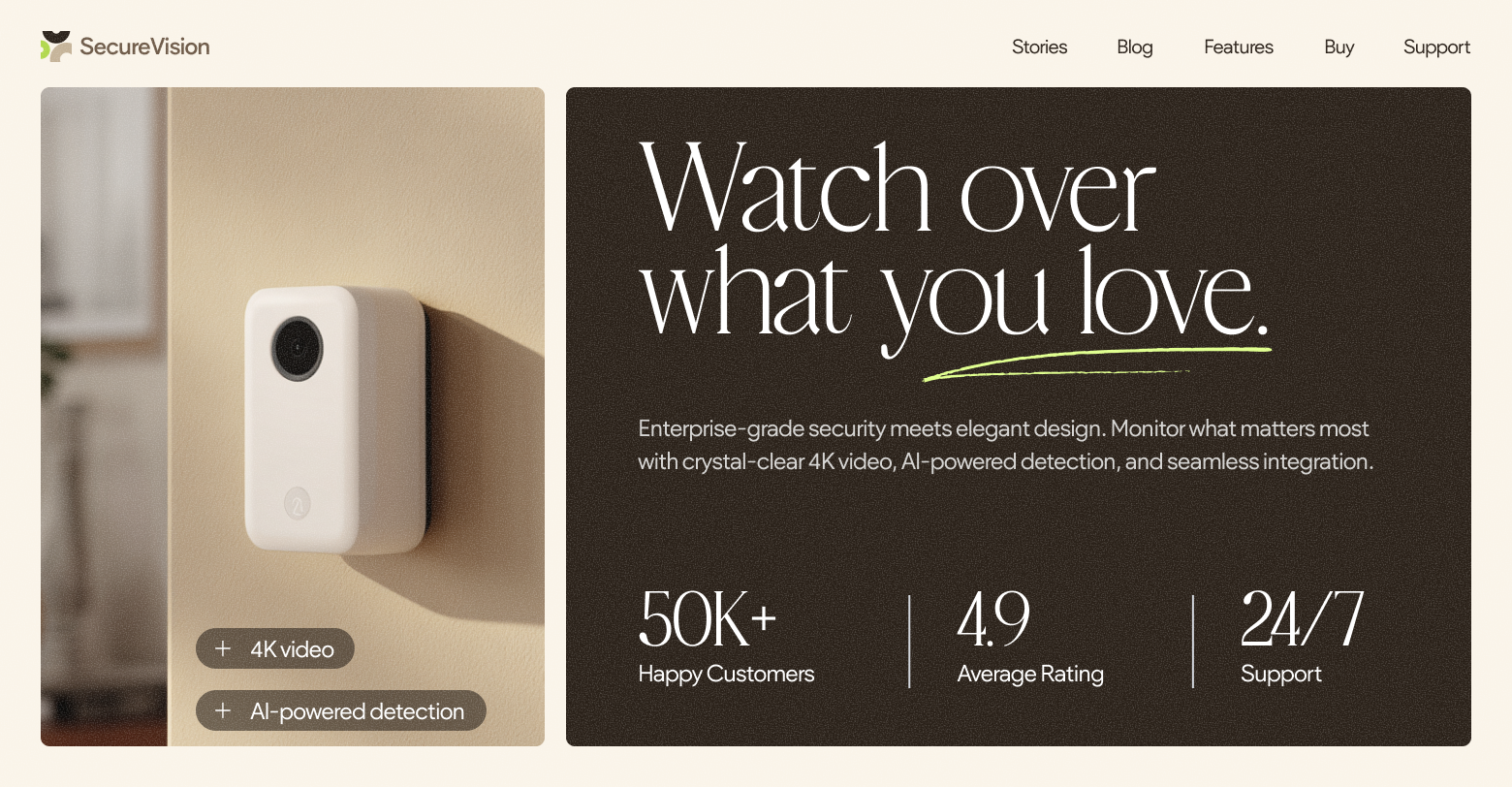Looking to standardize your processes, wow clients, and reduce scope creep? Want to keep your creative team on track and reduce revisions? Then you need to make it a regular practice to use a client brief every time
your agency takes on a new customer.
A client brief is an industry-standard document that generally stretches one to two pages and provides you and your team with everything required to meet (and even exceed) your customer’s needs. Bigger clients often expect to work with a client brief, and smaller clients can benefit immensely from the clarity it provides. Using a client brief with every customer will make your pitch process and client onboarding more professional and is a universal good for all parties involved in the project.
DIFFERENCES BETWEEN A CLIENT BRIEF & A WEB DESIGN PROPOSAL
First, let’s break down the difference between a client brief and a
web design proposal.
The client brief covers the big picture, focusing on the overall business problem a customer is trying to solve and recommended solutions. This can include strategies for PR, digital advertising, social media, web design, listings management and a whole host of other potential marketing initiatives.
The website proposal builds on the client brief and covers specific website design aspects, goals and ROI targets. An easy way to remember the differences between the two types of documents is a proposal typically covers much more granular details (such as brand colors, number of website pages, SEO strategy and content responsibilities) than a client brief.
Though the content of a client brief and web design proposal will differ, there are some structural elements that may appear in both types of documents, including:
- A brief summary or introduction of your service
- A brief examination of the customer's problems
- An explanation of goals and breakdown of how your solution will accomplish those goals
- A project scope that includes terms for updates and maintenance
- An explanation of customer expectations and responsibilities
- Costs and fees associated with the project
If you’re working with a large company, they will often come to your website design agency with a draft client brief that’s ready to go. Subsequent meetings with the client can be used to add elements that highlight your expertise in web design and digital marketing strategy.
A small business probably won’t come to you with a client brief and may not even know how to fill one out. Your meetings with the client will help you to gather the information required to create a brief that sums up their main business problem and potential solutions.
WHY YOU NEED A CLIENT BRIEF
Above all else, the client brief ensures that you understand your client. It will help guide your team in preparing a compelling website proposal that perfectly matches the client’s needs and outline the bounds of your entire relationship. Getting client buy-in on the client brief is an important first step when kicking off any project.
Having a properly prepared, professional client brief will also:
- Cement your agency as a valuable partner that your client will want to work with into the future
- Ensure that all creative messages that are set forth in the website proposal and later website execution are on-brand
- Give your creative team a broad vision of the client’s brand, business, and products/services
- Identify the most important business challenges that need to be solved
- Provide any third-party contributors with a quick understanding of the brand and its background
- Align the client's budget and expectations with your strategy so you don’t outline or mock up an entire website that’s double the client’s budget
- Prevent scope creep
- Help you and the client define success
- Prevent unrealistic client expectations
In short, the client brief is essentially your roadmap.
The Essential Elements of a Client Brief
As
Campaign, a media outlet dedicated to celebrating creative excellence in the communications industry, says, “The perfect client brief is a clear statement of the business problem that needs solving. The perfect client brief is co-written. The perfect client brief has a numerical KPI. The perfect client brief is small. The perfect client brief is more than just a piece of paper.”
Given that the client brief is such an important document, it may seem difficult to keep yours “brief.” As stated above, it really should not run for more than one to two pages in length.
However, every client brief should include these elements:
- Client Background
- Objectives
- Target Audience
- Competitors
- Business Problem
- Solution(s)
- Support for the Solution(s)
Let’s examine each of these elements in more detail.
Client Background
This short section (think one to two paragraphs) should outline the company's goals, as well as background on the company history, branding info, and place within the industry. It should also include the business’s one-sentence value proposition.
Objectives
Examples of objectives you would add to a client brief include more product sales, more website visitors, more phone calls to the business, increased
NPS score, more consistent website branding, etc.
Target Audience
The “Target Audience” section of your brief should answer the following questions:
- Who is the ideal customer?
- What various buyer personas will be visiting and engaging with the brand?
- How savvy are they with the client’s company and product?
- How much education does the audience require?
You’ll want to include detailed customer personas and demographic information if you have them.
Competitors
This short section is essentially a list and analysis of key competitors. Some questions you may want to answer in this section include:
Who are your three main competitors?
What three things do you like most about competitors’ brand marketing initiatives and web presence?
What three weaknesses do you see in competitors’ brands and digital presences?
Business Problem
Explain the business problem concisely in one or two sentences (if possible).
Here are a couple of examples of how this sentence will read:
- “[Insert client name]’s website receives 100-150 visitors on average per month. Of these visitors, only 1 customer converts in the same time period.”
- “The site loads very slowly on all devices and includes outdated branding and inconsistent language on several department pages.”
Solution(s)
In this section, you want to offer a high-level overview of your solution(s) that can be expanded upon in the website proposal. This section may run from one to three paragraphs, depending on the problems you’re solving.
The “Solution(s)” section is also where you want to provide an ROI goal. In order to create a realistic ROI, you will need to compare local competitors that operate at the same scale as your client.
Protip: This should be the most inspiring part of your client brief. As managing partner at
Bullish Brent Vartan stated in a
Campaign article, “Find the good. Don't wallow too long in the problem(s). Then, focus on the unlocking mechanism. The perfect brief is one that's just as inspiring as it is instructive.”
Support for Your Proposed Solution(s)
This is where you want to include why your solution solves for the business problem. Feel free to use the competitors’ strengths and weaknesses to show how your proposed solution (for instance a fast website with a robust online store) positions your client differently from the competition, or helps your client surpass the competition. This is also where you want to emphasize how the solution will achieve the previously stated ROI goals.
Summing Up
The client brief is without a doubt one of the most valuable tools any web design agency has in their tool box when it comes to managing clients and their expectations. High quality client briefs inform the entire relationship between you and your clients and ensure each project is a success. They also reduce miscommunication and scope creep. With a little effort, putting together strong client briefs for every customer can quickly become something you and your team do well.
Related Posts








